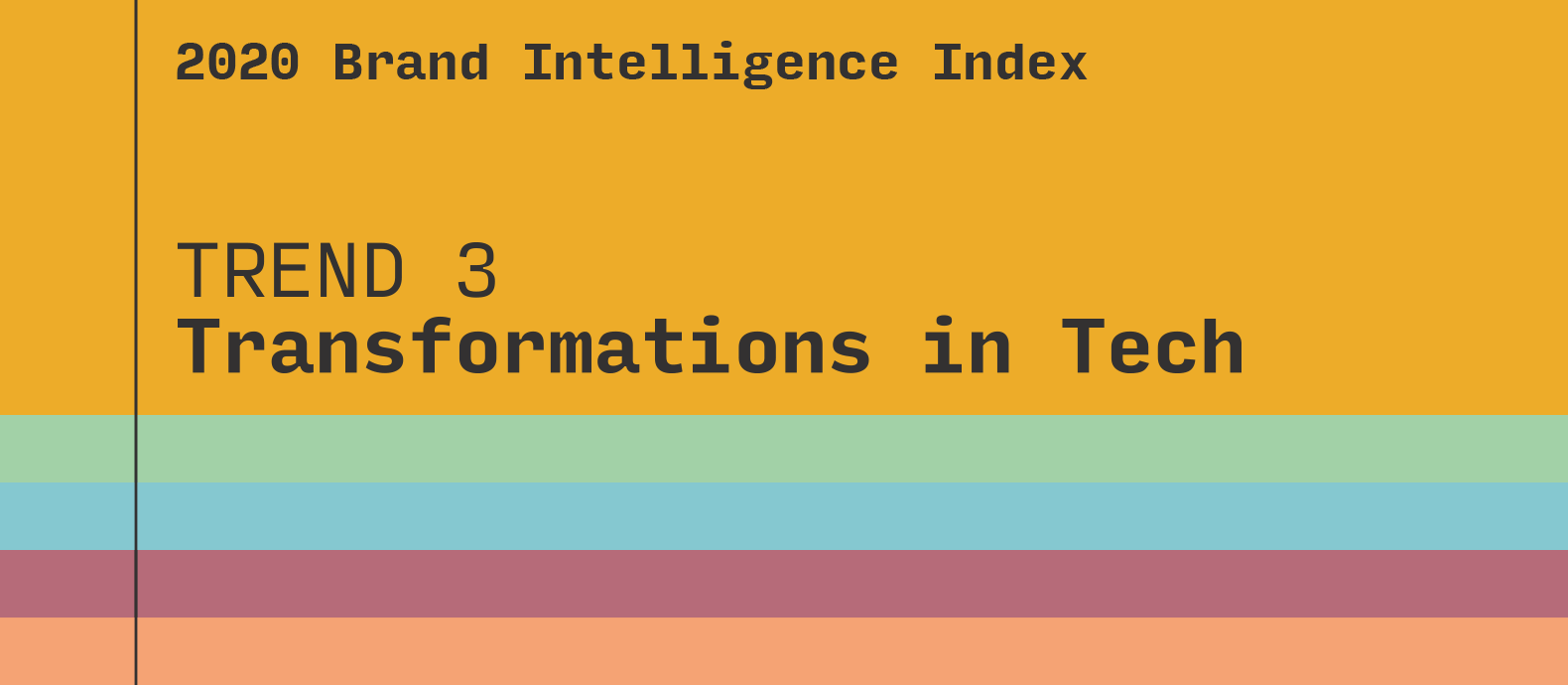In this final part of the series, we will be focusing on machine-learning elements of brand protection. This article will cover how machine learning is essential to maintaining an updated and effective IP protection solution.
In our previous blog posts, you can learn about how image recognition and case management are vital to a brand protection solution.
Modern brand protection services are a must-have for any trademark holder or legal firm. Brand protection involves more than protecting sales and brand reputation; it is about safeguarding partners, investors and customers.
There are a number of brand protection providers in the market, and all claim to have comprehensive solutions. This article aims to provide decision-makers with a quick checklist of features and capabilities that any good brand protection service should contain. Within this list, we will include aspects that consider the usability, functionality, and complexity of the systems.

Introduction to machine learning
Machine learning is the name given to a program’s ability to identify correlations and patterns in data. It is an essential feature of any technological brand protection solution. Machine learning allows programs to update their search parameters quickly and automatically, without a member of staff having to sift through lists of data to find commonalities. This process means that protection services are continually updating and evolving to increase efficiency and move towards an almost 100% automated service.
When a potential IP infringement is detected by brand protection software, but contains new characteristics, such as different keywords or image manipulations, they are placed in a “review” file. After confirmation or rejection of the review cases, the system can recognize the similarities between the rejections and the accepted cases and adapt its rules accordingly. This means that these new elements will no longer need to be reviewed, but instead be part of the automated process, either by automatically being rejected or accepted. This form of machine learning means that the longer the system works on a product or brand, the more variations it encounters, and therefore, the more intelligent and efficient it gets.
Machine learning & keywords
Most brand protection products use keywords to search for items. While the performance of each technology can differ, the fundamental method remains the same; programs examine ecommerce sites and other platforms, finding items based on how they are described or tagged. These descriptions can be referred to as “keywords”.
However, due to the increased sophistication in the methods used to sell counterfeits and replicas, keywords often change. To maintain an efficient search process, the keyword monitoring technology should be able to identify trends in items found and suggest or auto-update their search parameters.
For example, items frequently use multiple keywords to describe a listing other than the product name. A machine-learning system should be able to recognize these additional keywords that are not contained within its search parameters and suggest them as a new primary search term.

For example, in a search for “Manchester Example FC” shirts; multiple confirmed cases of IP infringement contain the additional word “real look”, a machine-learning system would be able to recognize this pattern and add this phrase to its search parameters.
Machine learning & image recognition
The same learning process can be applied to image recognition features. The program can detect image patterns and update its search parameters.
Machine learning can be applied to every step of the image recognition process. In object recognition, if multiple confirmed cases also contain a new element, then the system can recognize this and update its object definition.

This is particularly useful for design or product identification. Images of designs are often edited by counterfeiters, so they are similar but do not precisely match those of real products. This can involve changing shades of colors or other elements. Once several cases with manipulations have been confirmed, then the system will automatically update this manipulation to create new criteria.
Machine learning & brand abuse validation
Just as machine learning is used to improve detection techniques for both keywords and image recognition, it can be used to improve the validation process. After the search process is complete and the item is confirmed to be “the product” the program must then decide if this product is a counterfeit.
Usually, this is the job of an analyst. However, an automated solution can detect patterns in cases that are confirmed as counterfeits. Cases with high-frequency patterns and low levels of ambiguity can be automatically flagged as non-genuine or infringing products.
Automatic validation rules can easily be applied to keywords; for example, if ninety-seven percent of listings that contain the keyword “AAA quality” are non-genuine products, then the program can automatically mark all of these as infringements, knowing that the error margin is extremely low.
Selling location is another easily automated validation method. If a brand does not sell on a site either directly or through a distributor, then it would be safe to assume that products on the site are not genuine (not including second-hand sites).
For example, notorious marketplaces like iOffer, are unlikely to sell genuine products. The system would be able to recognise that every case from that site is accepted and therefore update its rules to start the enforcement process on items found there automatically.
As the system interacts more with infringements, validation patterns, and rules are likely to become more complex. Validation rules could be based on hundreds of elements; patterns that would take human analysts days to recognize and implement as validation rules.







